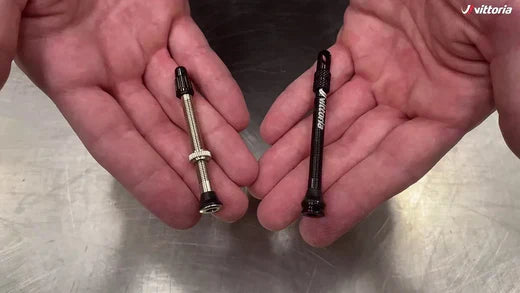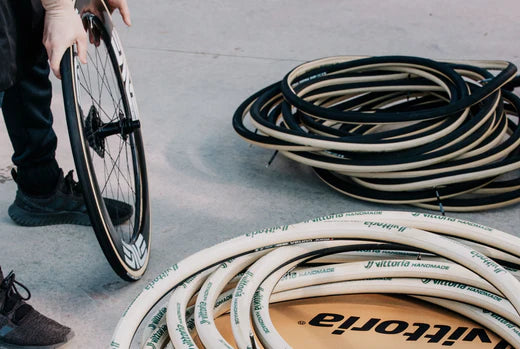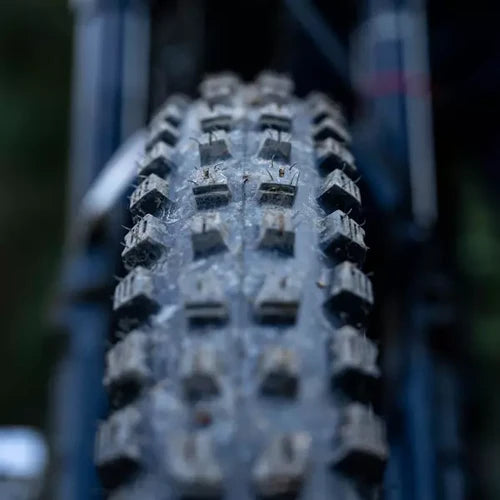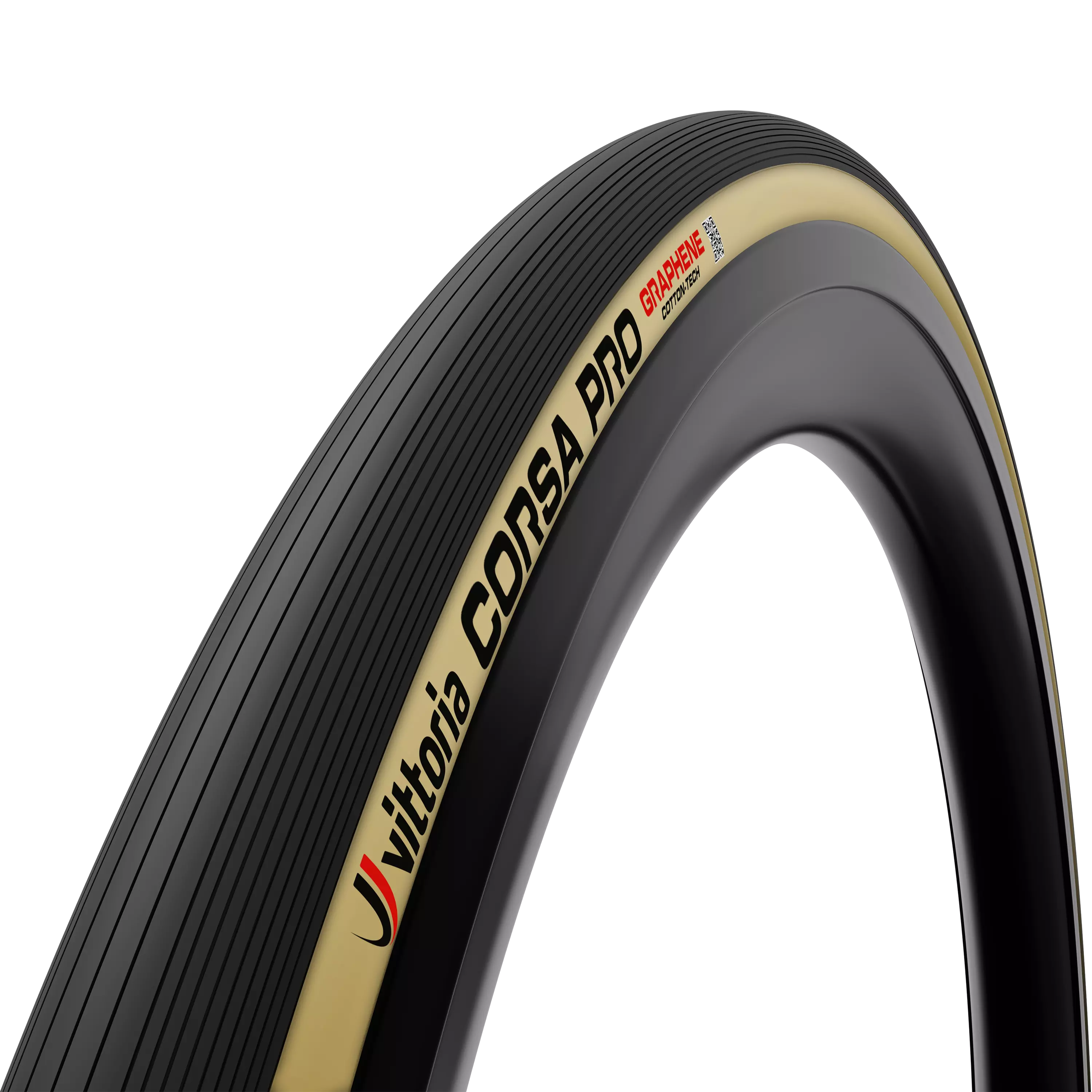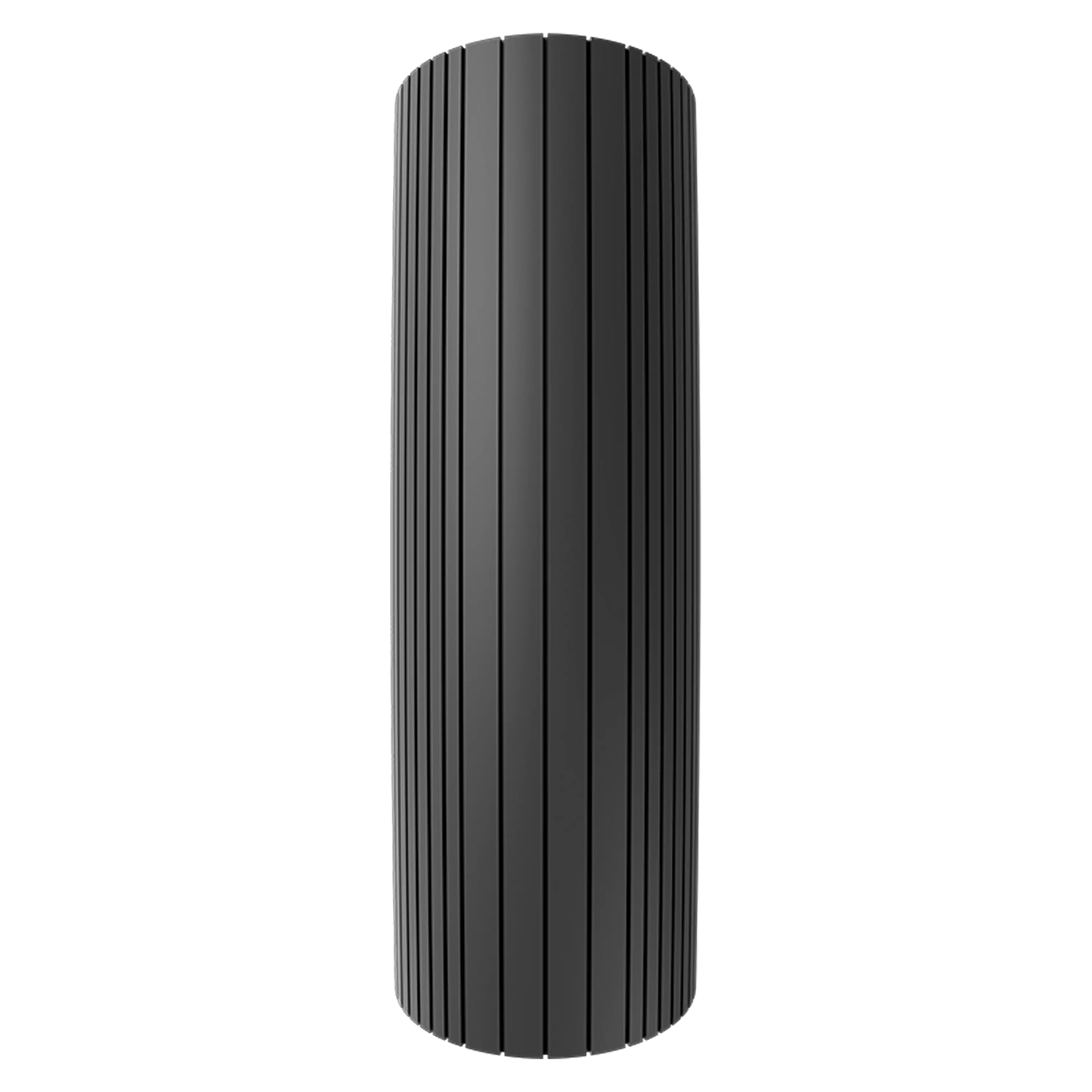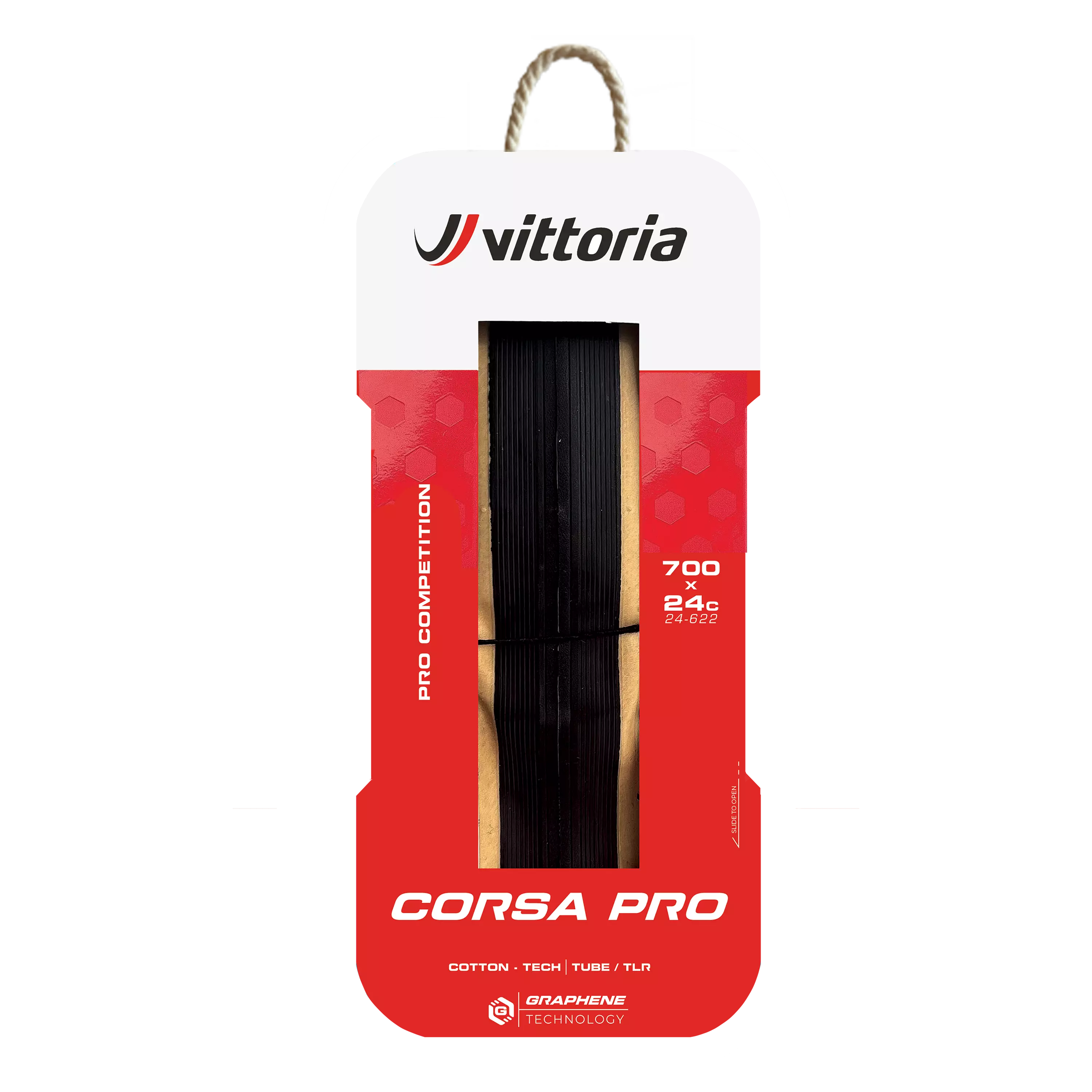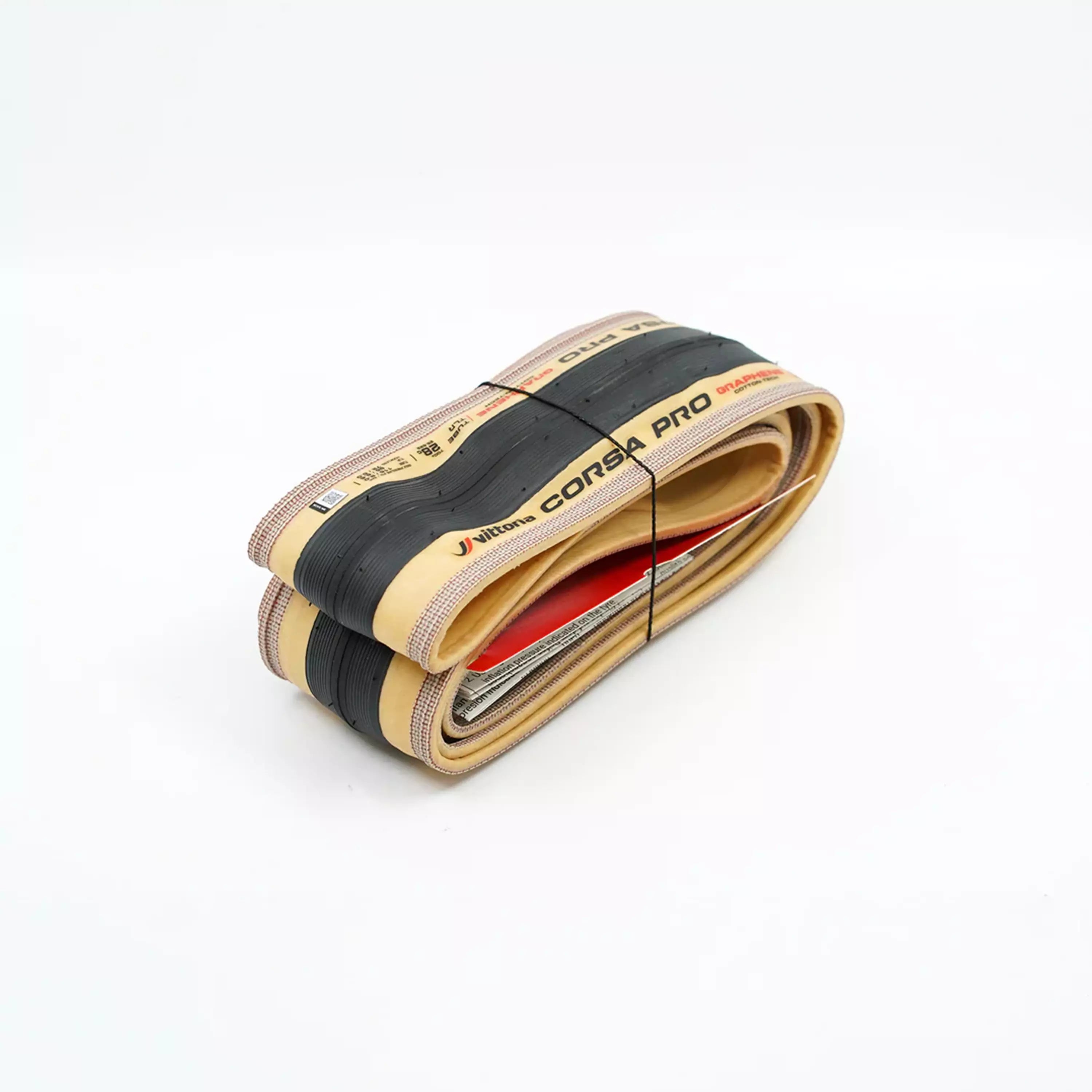In cycling, the valve is commonly referred to as the tool that allows for inflation and deflation of air in an inner tube or in a tubeless tire. Bicycle valves come in different designs and technologies, but they all work in combination with a pump or air compressor. Some valves are designed for durability, they are robust and made to hold air pressure only. Some others are designed for performance, they are lighter and allow to control the air pressure according to the rider’s needs. Usually, valves also feature plastic dust caps, which prevent the valve to clough because of dust and debris.
Schrader valves
Schrader are the most common valve variety. Used in motor vehicles tyres since the end of XIX century, Schrader valves are also called “American valves” after they were patented in the US by inventor August Schrader. They feature a wide and robust stem containing a small valve core. The core has a small spring that keeps the valve in closed position. As soon as the spring is depressed, the valve opens allowing air flow.
Presta valves
Presta valves usually feature high performance inner tubes and tubeless valves. Lighter and narrower compared to Schraders, Presta valves – also known as “French valves” due to the French inventor Etienne Sclaverand Presta – are available in a variety of lengths to accommodate any type of rim depth, from road to off-road wheels. Unlike Schrader valves, Prestas’ core mechanism allows for both inflation and deflation of air, which gives riders complete control over the tyres air pressure, as they can adjust it according to their needs. The narrow stem of Presta valves adds more stability to the rim, as it requires a smaller hole in the rim compared to Schrader and Dunlop valves.
Dunlop valves
Dunlop valves are used in entry level tires and inner tubes mostly. Invented by Englishman C.H. Woods, and consequently referred to as “English valves”, they were first adopted by Dunlop tyres and inner tubes. Unlike first generation valves which used a fragile rubber sleeve to regulate air flow, modern Dunlop valves are easier to maintain and inflate. The ease of maintenance and repair – Dunlop valves are the only ones that do not require a specific tool to remove its core – made Dunlop valves very popular in developing markets.
Tubeless valves

